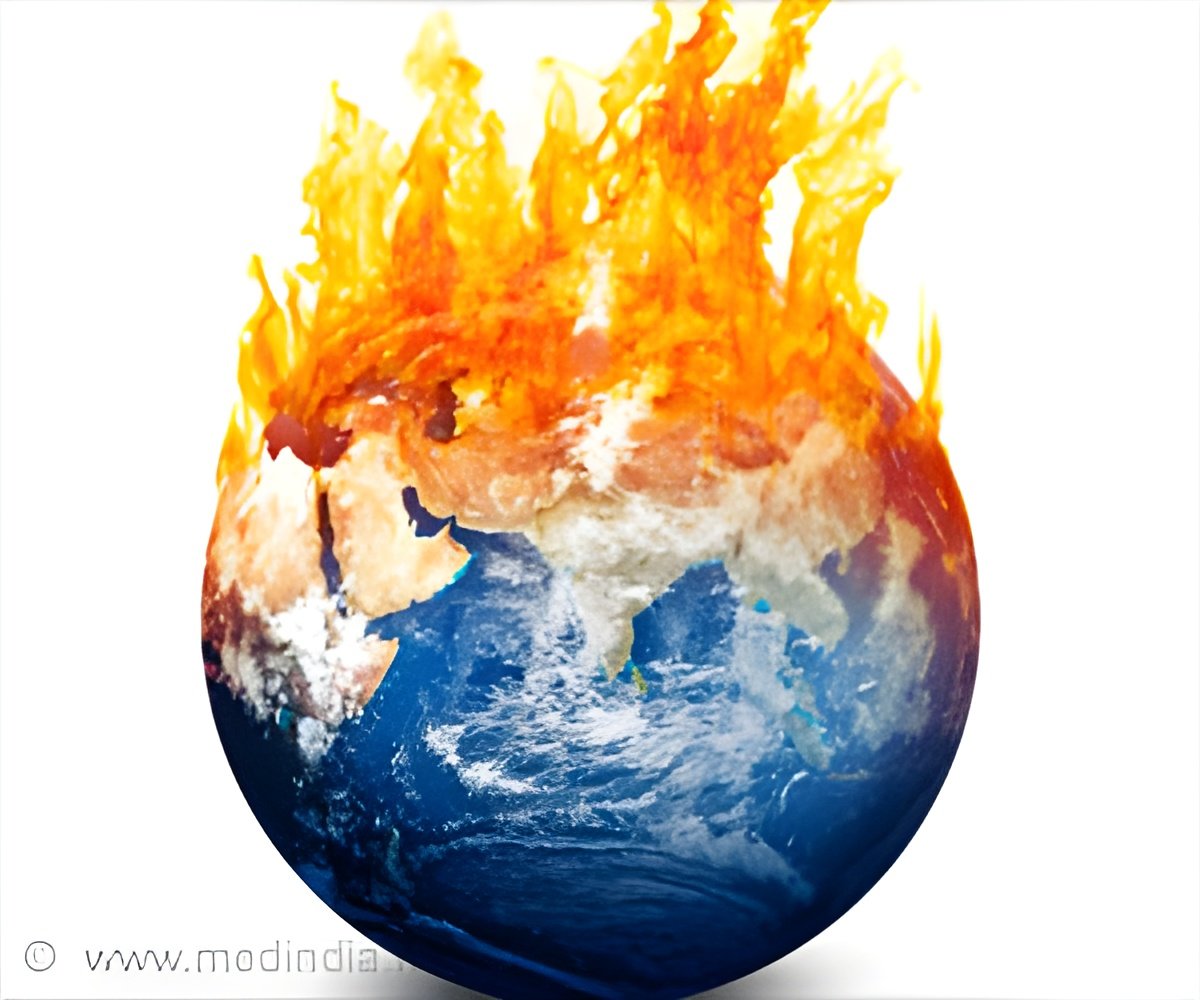Deadly heat waves will be common in South Asia even at 1.5 degrees of warming.

‘South Asians are especially vulnerable to extreme heat waves because the area already experiences very hot, humid summers.’
Read More..




According to the Intergovernmental Panel on Climate Change, the earth has warmed by 1 degree Celsius since the start of the Industrial Revolution. It may reach 1.5 degrees Celsius of warming in 2040 if the current trajectory remains, which leaves little time for South Asian countries to adapt. Read More..
"Only half a degree increase from today is going to cause a widespread increase in these events," Ashfaq said.
The research team used climate simulations and projections of future population growth to estimate the number of people who will experience dangerous levels of heat stress in South Asia at warming levels of 1.5 and 2 degrees Celsius.
They estimated the wet bulb temperature residents will experience, which is similar to the heat index, as it takes into account humidity as well as temperature. A wet bulb temperature of 32 degrees Celsius (89.6 degrees Fahrenheit) is considered to be the point when labor becomes unsafe, and 35 degrees Celsius (95 degrees Fahrenheit) is the limit to human survivability - when the body can no longer cool itself.
Analysis revealed that at 2 degrees of warming, exposure to unsafe labor temperatures will increase over two times, and exposure to lethal temperatures will be 2.7 times of recent years.
Advertisement
South Asians are especially vulnerable to extreme heat waves because the area already experiences very hot, humid summers. Majority of the population lives in densely populated cities without regular access to air conditioning, and about 60% perform agricultural work and can't escape the heat by staying indoors.
Advertisement
TV Lakshmi Kumar, an atmospheric scientist, commented, "A policy framework is very much needed to fight against heat stress and heat wave-related problems. India has already committed to reduce emissions to combat climate change issues.”
Source-Eurekalert









